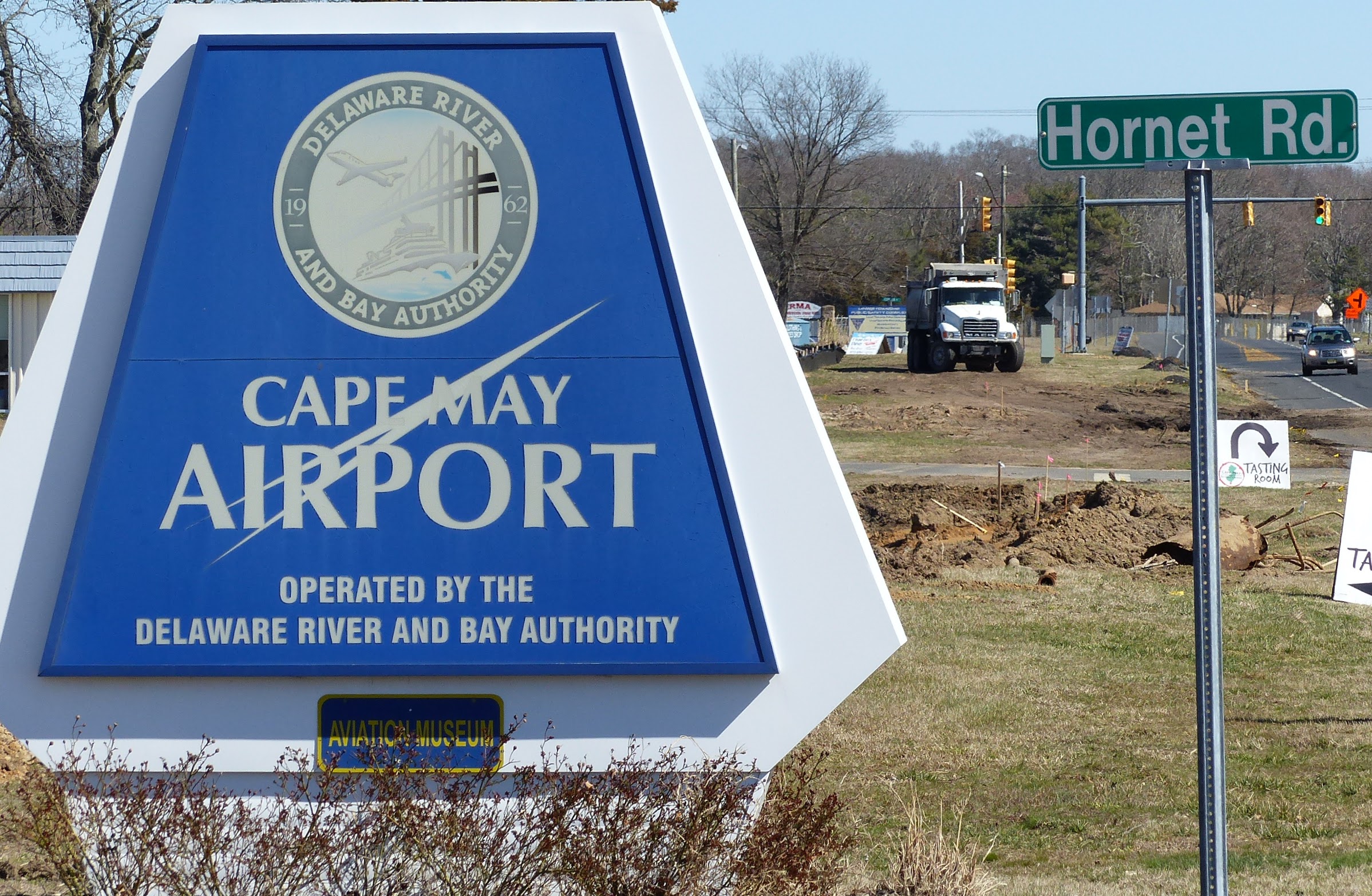WASHINGTON, D.C. – The National Transportation Safety Board (NTSB) has released its findings on the sinking of the fishing vessel, the Lady Mary.
Between 5:10 and 5:40 a.m. on the morning of March 24, 2009, the fishing vessel Lady Mary, sank in 210 feet of water in the Atlantic Ocean 65 miles off the New Jersey coast. Six crew members died in the accident, including the two owners, one of whom was the master. One crew member survived.
Its conclusion: “NTSB determines that the probable cause of the sinking of the Lady Mary was flooding originating in the lazarette through an access hatch that had been left open during rough weather, contrary to safe shipboard practice. Contributing to the delay in the dispatch of rescue assets was the inability of the EPIRB to transmit position data following activation.”
“On March 11, 2010, NTSB issued the following safety recommendation to the Federal Communications Commission: For commercial vessels required to carry 406-MHz emergency position-indicating radio beacons (EPIRBs), mandate that those EPIRBs broadcast vessel position data when activated.
In a response to the NTSB dated July 1, 2010, the Federal Communications Commission stated that it planned to propose a regulation to implement the NTSB’s recommendation. Recommendation M-10-1 was classified ―Open—Acceptable Response‖ on August 19, 2010. A proposed regulation has not yet been published.”
The entire NTSB report of the sinking of the Lady Mary can be read in full at:
http://www.ntsb.gov/doclib/reports/2011/MAB1101.pdf
Main points:
Modifications made to the Lady Mary: “Smith and Smith, Inc., purchased the Lady Mary and converted it for use in the Atlantic sea scallop fishery. According to the owners’ representative, the main deck was enclosed to create a scallop-shucking house, a bunkroom, and a galley. A superstructure containing the wheelhouse and winch deck was built above the main deck. The winches were moved from the main deck to the aft end of the wheelhouse deck, and the winch controls and a remote steering station were installed at the same location. The wheelhouse was constructed of plywood because of concerns about weight, according to the owners’ representative; and a fuel tank under the fish hold was filled with concrete to add ballast.
The impact of the conversion on intact stability could not be determined due to lack of information on the vessel’s lightship values. However, the additional weight added by the modifications, about 5 percent of the vessel weight, in effect reduced the vessel’s freeboard by 4 inches in all conditions. This in turn increased the probability that down flooding points would be submerged in adverse weather, leading to progressive flooding and eventual sinking of the vessel.”
It continued: “Two problems were associated with the EPIRB carried on the Lady Mary: it did not transmit vessel position data, and it was incorrectly registered. Had the EPIRB been equipped to broadcast the location of the Lady Mary, the geostationary satellite would have received the vessel’s position, regardless of the incorrect identifying information in NOAA’s database, and the location would have been instantly transmitted to the Coast Guard RCC. According to manufacturers, the GPS option adds about $100 to the cost of a marine EPIRB.”
The wreck of the Lady Mary was not recovered. To investigate possible causes of the sinking, Navy divers, operating from a Military Sealift Command vessel that carried a Coast Guard member of the marine board, recovered the rudder and shipped it to the NTSB.
“The rudder was found a short distance from the Lady Mary, broken off the rudder stock but still connected to the vessel by a chain. Laboratory examination revealed a large indentation, fractures, deformation, and shearing on the rudder’s port side, as well as missing paint. The rudder stock exhibited buckling and weld separation consistent with being subjected to a vertically applied compressive force.”
“The rudder damage matched the geometry of the propeller and the end of the propeller shaft, and the severity of damage increased toward the lower end of the rudder, consistent with that part of the rudder being forced forward. The starboard side of the rudder did not display any damage. A question arose concerning the possibility that the Lady Mary’s rudder damage could have been the result of a collision. If another vessel had struck the rudder, one side would have been damaged by the strike, and the other side would have been damaged by being pushed into the propeller and keel. Overall, the pattern of damage indicates that the fractures, indentations, deformations, and other changes to the rudder were consistent with the rudder striking the ocean floor.”
“Photos of the stern ramp showed considerable structural damage on its port side. No abrasions or other marks were visible on the stern. The port side of the ramp was fractured and buckled, and the lower roller bearing was fractured. The underlying support structure was buckled, consistent with the ramp being forced forward, and part of the ramp support structure had penetrated the stern and entered the lazarette.”
“The photographs showed that the lazarette hatch on the main deck was open. A hose that emerged from the lazarette through the open hatch was tied overboard by a rope. Although not shown in the photographs, a pump was positioned inside the lazarette, according to both the surviving crewmember and the owners’ representative. The survivor told investigators that when it was necessary to dewater the lazarette, a crewmember would remove the hatch cover, enter the lazarette, rig the pump by hand, and empty the space using a hose that discharged over the side. He stated that the lazarette would typically be pumped out three or four times on a 10-day trip, and—in bad weather—they would have to pump it out ―about once a day.”
“At the marine board’s request, the Coast Guard Marine Safety Center conducted a post accident stability analysis of the Lady Mary. The analysis evaluated the three most likely flooding scenarios: (1) flooding begins in the lazarette and progresses through a drainpipe to the engine room; (2) the vessel takes water over the stern and retains water on the aft deck; or (3) only the engine room floods. Scenarios 1 and 3 were eliminated because the vessel would have lost electrical power sooner had the engine room flooded early in the sinking sequence.”
“The analysis found that under scenario 2, the Lady Mary’s main deck would have been quickly awash under about 1 foot of water. Photographic evidence of the wreck shows the lazarette cover off, which would have allowed water on deck to enter the lazarette.”
“Once the lazarette had flooded completely, the main deck would have been under 2.5 feet of water, and the vessel’s interior spaces would have been within inches of flooding through the shucking house aft door (whose sill was raised about 6 inches above the main deck). The Marine Safety Center concluded that the sinking could have resulted from the combination of water on deck flooding the lazarette through its open hatch and progressing forward along the open deck, through the aft door, and into the engine room.”
“After the accident, speculation arose that the Lady Mary might have been struck by another vessel. To evaluate that possibility, investigators considered three classes of commercial vessels—large deep draft vessels engaged in international and/or coast wise trade, oceangoing but generally smaller vessels (such as tugs and barges) engaged in coast wise trade, and commercial fishing vessels.”
“Investigators examined automatic identification system (AIS) 14 data from deep draft vessels and VMS data from commercial fishing vessels to determine the location of nearby vessels around the time the Lady Mary sank. As noted earlier, investigators found no evidence of radio transmissions from the Lady Mary after the vessel began to drift (about 0033), and the Coast Guard received no Mayday calls the morning of the sinking, though two fishing vessel masters reported hearing an unidentified emergency call on distress channel 16 about 0500.”
“According to AIS data, three deep-draft vessels were in the vicinity of the Lady Mary’s last known position between 0510 (the time of the Lady Mary’s last VMS transmission) and 0540 (the time of the Lady Mary’s first EPIRB transmission) on March 24. Two vessels—the cargo ship APL Arabia, heading northeast, and the bulk carrier Energy Enterprise, heading southwest—were at least 20 miles from the Lady Mary during the period in question, too far away to have been involved in the accident.”
According to the AIS data, between 0510 and 0540, a third vessel, the cargo ship Cap Beatrice, passed about 1 mile south of the Lady Mary on a west–southwesterly course. On May 24, 2009, a team of divers from the New Jersey State Police examined the Cap Beatrice’s hull and found no evidence of a vessel strike, such as damage to the bow or paint transfer.
Data from the VMS, as analyzed by NOAA, show about 20 fishing vessels within a 6-mile radius of the Lady Mary between 0510 and 0540 on the day of the accident. The closest vessel was about 1.5 miles away when the Lady Mary sank. A Coast Guard marine inspector examined that vessel at the dock and found no indication that it had been involved in a collision. VMS tracking data did not show any other fishing vessel’s track intersecting the Lady Mary’s during the hour before the sinking. Fishing vessels not engaged in scalloping could have been in the area, but unless they were required to carry VMS equipment, they would not have been tracked by the VMS.”
Flooding: “Post accident photographs of the Lady Mary wreckage show that the cover to the lazarette access hatch was off, with a hose emerging from the open hatch and tied overboard. According to testimony, the hose was attached to a pump in the lazarette. The survivor did not recall whether the lazarette hatch was open or closed when he went to bed. He said, however, that the crew normally kept the cover closed, as is consistent with safe shipboard practice, unless they were pumping out the lazarette.”
“According to the National Weather Service, the weather intensified after midnight, with winds increasing to 35 knots and wave heights exceeding 7 feet. Tracking data show that around 0033, the Lady Mary’s heading changed to south–southwest and the vessel drifted with the winds and current until it sank. As the weather worsened, the drifting vessel could have taken water over the sides, across the deck, and into the lazarette through the open hatch. The water accumulating in the lazarette would have sunk the vessel’s stern deeper into the sea, allowing even more water onto the deck and into the lazarette.”








